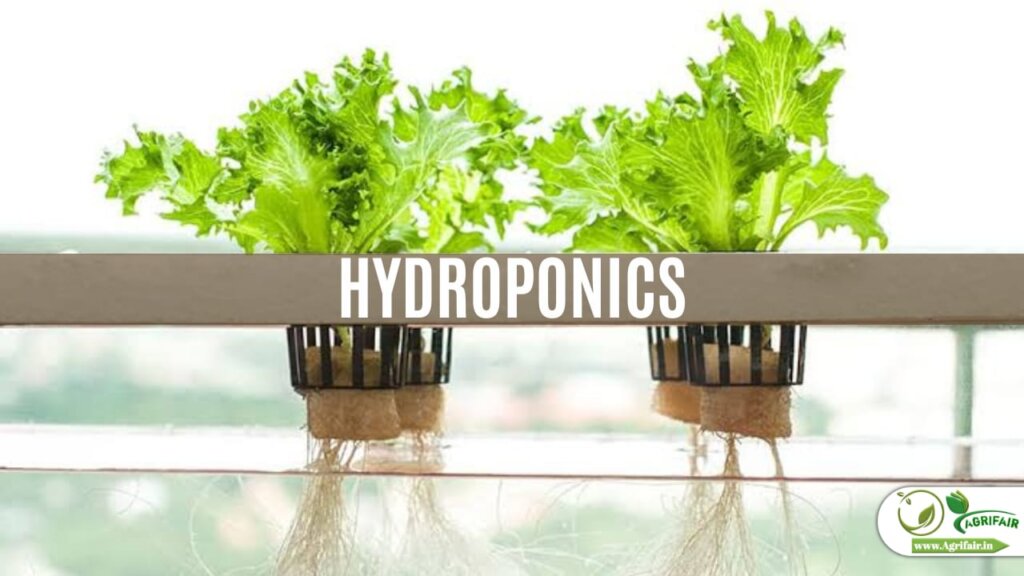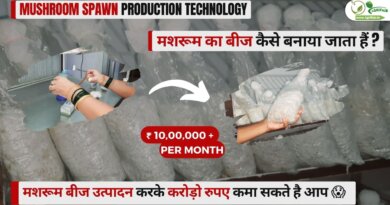Hydroponics: The Future of Agriculture

Revolutionizing Agriculture: The Power of Hydroponics for a Sustainable Future
The world’s population is growing at an unprecedented pace, and the demand for food is increasing accordingly. With the limited resources available, traditional agriculture practices are struggling to keep up with this growing demand. In order to meet the food requirements of the future, new and innovative methods of farming must be adopted. One such method is hydroponics.
Hydroponics is a method of growing plants without soil, instead, the plants are grown in a nutrient-rich water solution. This type of agriculture has been around for centuries, but has recently gained popularity due to its many benefits over traditional agriculture practices. In this article, we will discuss the advantages of hydroponics, the types of hydroponic systems, and how hydroponics can be used to meet the future food demands of our world.
Types of Hydroponic Systems
- Nutrient Film Technique (NFT): NFT systems are the simplest hydroponic systems. They consist of a shallow stream of water that runs continuously over the roots of the plants. The water contains all the necessary nutrients for the plants to grow.
- Deep Water Culture (DWC): DWC systems consist of plants grown in a nutrient-rich water solution. The roots of the plants are suspended in the water, and oxygen is supplied to the roots through air stones.
- Aeroponics: Aeroponic systems use mist to deliver the necessary nutrients to the roots of the plants. The plants are grown in a closed environment, and the mist provides the roots with a constant supply of oxygen and nutrients.
- Drip Irrigation: Drip irrigation systems consist of a nutrient solution that is slowly dripped onto the roots of the plants. This method is great for larger hydroponic setups, as it allows for precise control over the amount of nutrients delivered to each plant.
- Ebb and Flow: Ebb and flow systems consist of a tray filled with growing medium and a nutrient solution. The tray is flooded with the solution periodically, providing the roots with the necessary nutrients.

You may like this Saguna Rice Technique
Advantages of Hydroponics
- Increased Yield: Hydroponic systems can produce higher yields of crops compared to traditional agriculture practices. This is because the plants receive all the necessary nutrients directly, without the need for soil to act as a medium. Additionally, hydroponic systems can be controlled to provide the perfect growing conditions for each crop, leading to higher yields.
- Water Conservation: Hydroponics uses significantly less water compared to traditional agriculture practices. The water used in hydroponic systems is constantly recirculated, reducing the amount of water needed for each crop. This makes hydroponics an environmentally friendly option for agriculture.
- Pesticide-Free: Hydroponic systems are closed environments, which makes it easier to control the presence of pests and diseases. This reduces the need for pesticides, making hydroponic crops safer for human consumption.
- Year-Round Farming: Hydroponic systems can be set up in controlled environments, which means that crops can be grown all year round, regardless of the weather conditions outside. This makes hydroponics a great option for regions with extreme climates, where traditional agriculture is difficult.
- Reduced Land Use: Hydroponic systems take up less land compared to traditional agriculture practices. This is because crops can be grown in smaller, vertical spaces, making hydroponics a great option for urban areas where land is scarce.
Hydroponics for the Future
Hydroponics has the potential to revolutionize agriculture, making it possible to grow crops in environments where traditional agriculture is difficult or impossible. In the future,hydroponic systems will become increasingly advanced, allowing for even greater yields and better control over growing conditions.
Hydroponics can also help solve the problem of food security in areas affected by natural disasters, such as earthquakes, hurricanes, and droughts. By growing crops in controlled environments, hydroponics allows for the production of food even in areas where the natural environment is damaged.
Additionally, hydroponics can help reduce the environmental impact of agriculture. By using less water and reducing the need for pesticides, hydroponics can help to preserve our precious natural resources.
Conclusion
In conclusion, hydroponics is a promising solution for meeting the growing demand for food. With its many advantages over traditional agriculture practices, hydroponics has the potential to revolutionize the way we grow crops. If you’re interested in hydroponics, be sure to visit Agrifair.in, your one-stop-shop for all things hydroponic. Here, you’ll find everything you need to get started with hydroponic gardening, from equipment to growing tips. So why not start growing your own food today and become a part of the hydroponic revolution!




Pingback: Organic Farming: Embracing a Holistic Approach to Agriculture for a Better Future - AgriFair